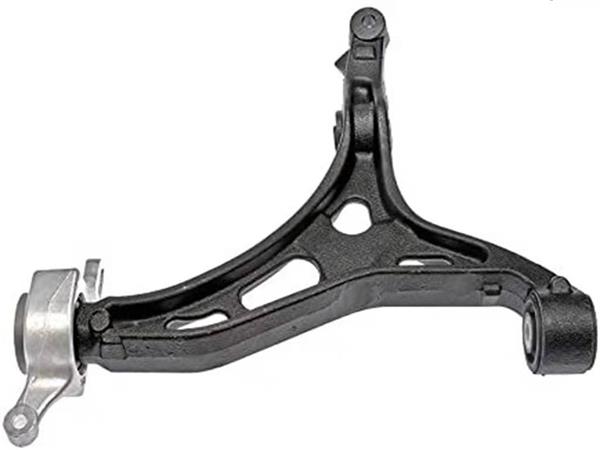Sand casting is preferred when choosing a casting method
The most commonly used casting method is sand casting.
Compared with other casting methods, sand casting has the advantages of low cost, simple production process and short production cycle. Therefore, about 60% to 70% of the total output of castings is produced by sand casting. About 70% of sand casting is produced by clay sand mold. In the clay sand mold, the clay wet mold process should be preferred (the weight of the casting can range from several kilograms to tens of kilograms). When the wet mold cannot meet the requirements, then consider using the clay sand surface dry sand mold, dry sand mold (the weight of the casting can reach tens of kilograms). tons) or other sand molds.
Usually, for large and medium-sized castings, resin self-hardening sand molds can be used for cast iron; water glass sand molds or resin self-hardening sand molds can be used for steel castings.
When certain properties such as casting precision, surface quality, material density, metallographic structure, and mechanical properties are required to be higher, special organizational methods should be used, such as investment casting, pressure casting, low pressure casting, and full mold casting.
Sand casting should consider the following aspects:
(1) For mass production factories, technologically advanced molding and core-making methods should be selected. For small castings, the horizontal or vertical split boxless high-pressure molding line is used, with high productivity and small floor space. Various boxed high-pressure molding lines and air-blow molding lines are used for medium-sized castings to meet the requirements of fast and high-precision molding production lines. The core making method can be selected: cold core box, hot core box, shell core and other efficient core making methods. However, the old-fashioned vibration molding machine production line has low productivity, high labor intensity and high noise, and is not suitable for mass production, so it should be gradually improved.
(2) For large-scale castings in medium batches, resin self-setting sand can be used for molding and core making.
(3) Single-piece and small-batch production of heavy castings, manual modeling is still an important method. Manual molding can adapt to various complex requirements and does not require a lot of process equipment. Water glass sand molds, VRH method water glass sand molds, organic ester water glass self-setting sand molds, clay dry molds, resin self-setting sand molds, cement sand molds, etc. can be used. . For important castings produced by a single piece, the cost of using pit molding is low and the production is fast. For mass-produced or long-term-produced finalized products, it is more appropriate to use sandbox molding and box-split molding. Although the initial investment in molds and sandboxes is high, it can be compensated for by saving molding hours and improving product quality.






